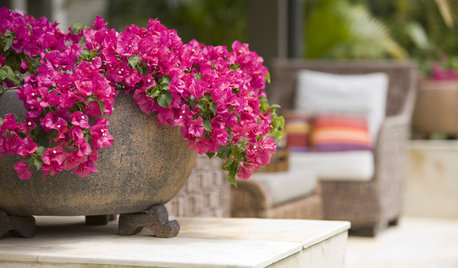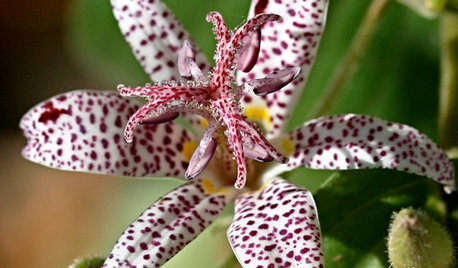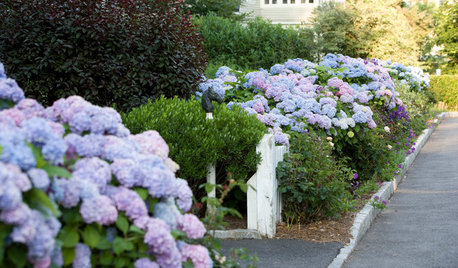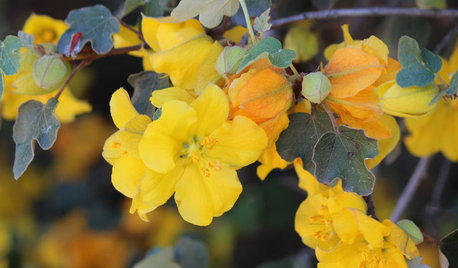Rhododendron impeditum in hot summer areas?
eukaryote
17 years ago
Related Stories

GARDENING GUIDESSweeten a Summer Garden With Pink Flowers
Whether you stir in hot pinks or sprinkle in some pastels, pink blooms can make your garden deliciously pretty
Full Story
EDIBLE GARDENSSummer Crop: How to Grow Blueberries
Plant blueberries in spring or fall for garden beauty through three seasons — and a sweet superfood in summer
Full Story
GARDENING GUIDESAttract Hummingbirds and Bees With These Beautiful Summer Flowers
Roll out a welcome mat for pollinators to keep your landscape in balance and thriving
Full Story
SUMMER GARDENING10 Perennials to Extend Your Garden's Summer Color
Revive summer-weary gardens with outstanding late bloomers such as toad lily, Russian sage, blanket flower and more
Full Story
GARDENING GUIDESTop 12 Summer-Blooming Perennials for Deer-Resistant Drama
Can you have garden color, fragrance and exciting foliage with hungry deer afoot? These beauties say yes
Full Story
LANDSCAPE DESIGNFind Yourself in an Epic Garden in the Shade
Feeling hot and tired gardening in the sun? The world of shade gardening beckons you to its cool mystery
Full Story
GROUND COVERSGround Force: 10 Top Ground Covers for Your Garden
Protect your soil from weeds and drought this summer with a living mulch of ground covers
Full Story
FLOWERSWhy You Should Give Hydrangeas a Place in Your Yard
The exuberant mop-headed beauties evoke dreams of an endless summer by the sea
Full Story
GARDENING GUIDES6 Dependable Ground Covers for Warm Climates
Swap some lawn for these drought-tolerant clumping plants — and watch your maintenance efforts diminish while they easily grow
Full Story
CALIFORNIA GARDENINGCalifornia Gardener's May Checklist
Only one major chore but a plethora of planting possibilities means a delightful month in California gardens
Full StorySponsored


Embothrium
eukaryoteOriginal Author
Related Professionals
Zion Landscape Architects & Landscape Designers · Middletown Landscape Contractors · Barrington Landscape Contractors · Bergenfield Landscape Contractors · Cerritos Landscape Contractors · Davis Landscape Contractors · East Hanover Landscape Contractors · Fairfield Landscape Contractors · Framingham Landscape Contractors · Goodlettsville Landscape Contractors · Point Pleasant Landscape Contractors · Snoqualmie Landscape Contractors · South Lyon Landscape Contractors · Wallingford Landscape Contractors · Cheshire Gardeners & Lawn Carerhodyman
eukaryoteOriginal Author
rhodyman
eukaryoteOriginal Author
Embothrium
jeff_al
ego45
rhodyman
ego45
Soeur